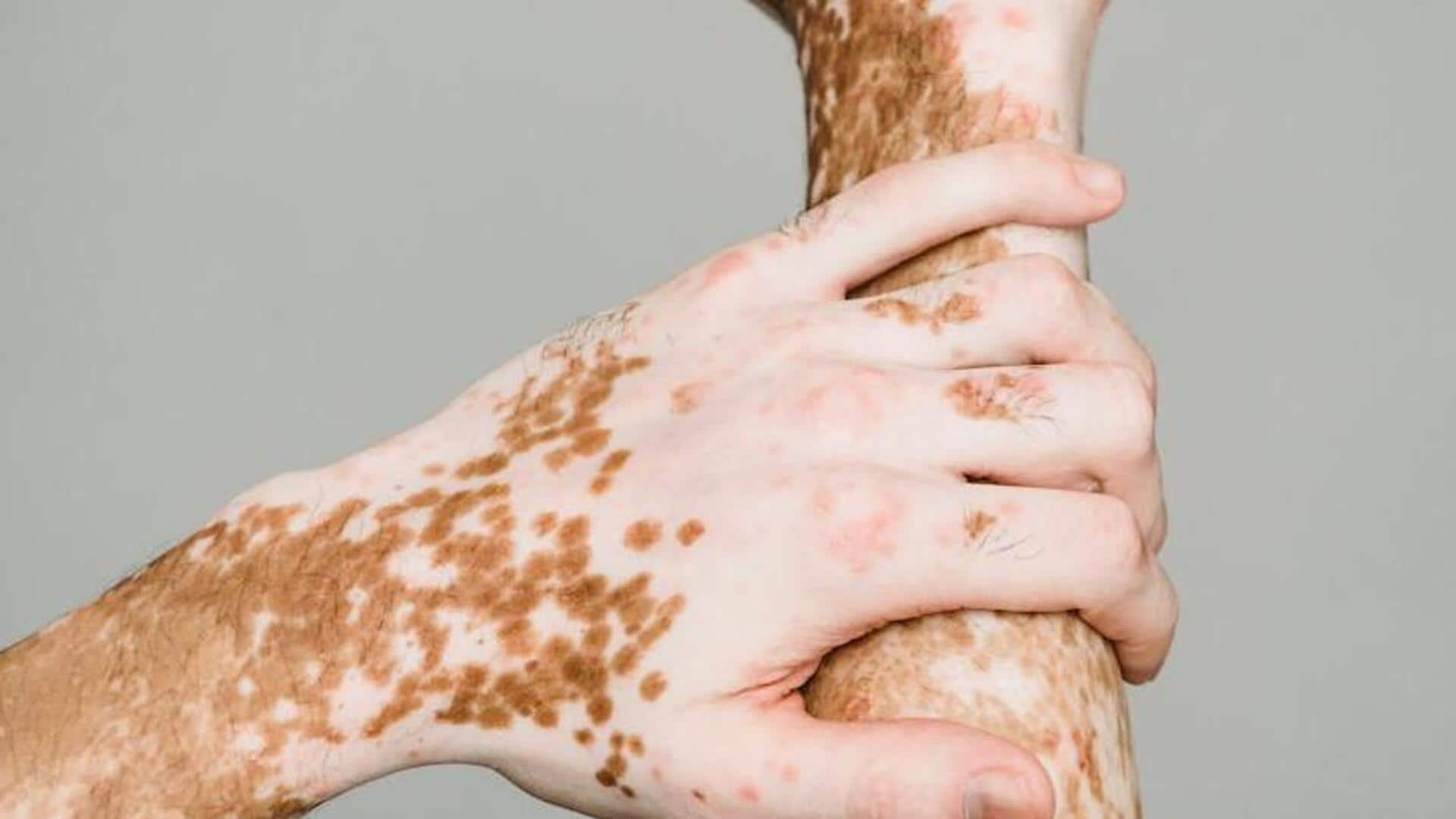
Vitiligo and sun exposure: Busting common myths
What's the story
People with vitiligo, a condition where skin loses its pigment in patches, often face misunderstanding, especially when it comes to sun exposure.
This article dispels myths with hard science, shedding light (pun intended) on the realities for those with vitiligo.
It busts misconceptions about the sun being an enemy, encouraging informed decisions about sun exposure to enhance quality of life for those with vitiligo.
Myth 1
Sunlight worsens vitiligo
A prevalent myth is that sunlight exacerbates vitiligo, leading to the development of more patches. In reality, moderate sun exposure can be beneficial.
It triggers the production of vitamin D in the skin, which is vital for skin health.
While excessive sun can damage any skin type, a balanced approach to sun exposure can enhance overall skin health without necessarily worsening vitiligo.
Myth 2
Avoiding the sun completely is better
Many believe that complete sun avoidance is the healthiest choice for individuals with vitiligo.
This misconception can result in vitamin D deficiency, which impacts bone health and immune function.
By adhering to safe sun practices, such as applying sunscreen to unaffected areas and limiting exposure during peak hours, individuals with vitiligo can reap the benefits of the sun without unnecessary risk.
Myth 3
Tanning beds as a safe alternative
A common misconception is that tanning beds are a safe alternative to sunlight for people with vitiligo.
However, tanning beds produce UVA rays at concentrations up to 15 times stronger than the sun, greatly amplifying the potential for skin damage and cancer.
Experts strongly discourage the use of tanning beds, instead advocating for controlled exposure to natural sunlight as a safer and healthier option.